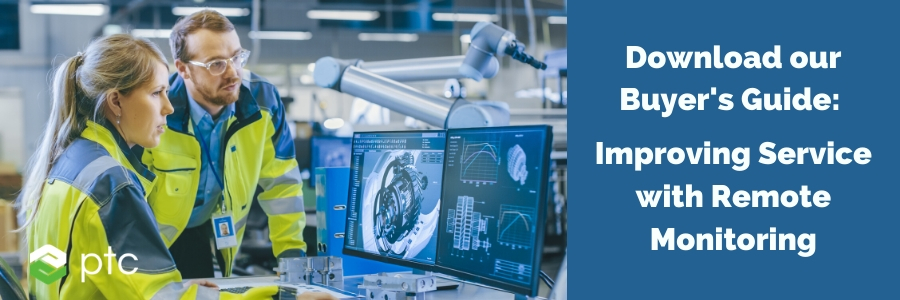Understanding the Benefits of Different Types of Condition Monitoring
Condition monitoring is widely used to ascertain the health of machinery, equipment, vehicles, and other valuable assets. It provides crucial information that ensures equipment is operating at optimum efficiency, minimizing downtime, and reducing defects. Condition monitoring has been useful for understanding historical performance and status of equipment, but it does not do a great job of preventing or mitigating potential downtime.
What Does Condition Monitoring in Manufacturing Enable?
There are two broad techniques in condition monitoring—condition checking and monitoring changes in performance over time.
Condition checking assesses the state of a machine at a specific moment in time and takes a performance snapshot, from which to derive its current operational health. These snapshots are evaluated over time through trend monitoring to identify patterns in various performance indicators based on handheld sensors.
Changes in performance mapped over time enable manufacturers to uncover any possible machine degradation, down to which components might be wearing out, and how urgently they need servicing. If cross-referenced against other data—such as new process roll-outs, or a new staff cohort—it may be possible to pinpoint out-of-spec production to causes outside of component deterioration. The challenge with this type of monitoring is it won’t guarantee you detect performance issues before it results in downtime.
Understanding Different Types of Condition Monitoring
Not all types of condition monitoring will be applicable to every machine. Among the types of condition monitoring, there are four major types that, when used together, can build a surprisingly complete picture of a machine’s health:
1. Vibration analysis and diagnostics
The frequency of vibration in rotating parts can indicate how well that component is operating. Any change from its brand-new state could indicate degradation.
2. Lubricant analysis
If debris is found in the machine’s lubricant, it could indicate material loss from a corroding component. Analyzing that debris can help identify which parts need replacing.
3. Acoustic emission
By the nature of their motion, all rotating parts emit sound. Changes in high-frequency emissions can be indicative of various known faults.
4. Infrared thermology
Changes in heat signature can suggest various state changes: a hot spot on a machine could be a bearing about to fail, while a cool spot on a building could be a leaking pipe.
Remote Condition Monitoring Adds Substantial Value to Condition Monitoring
Condition monitoring has a few drawbacks, including incomplete and out-of-date data. Since condition monitoring is conducted on a weekly basis, there is potential for new faults to develop in the time the information is analyzed. Fortunately, there is a simple fix.
Remote monitoring revolutionizes condition monitoring by making the process automated and using notifications to ensure that adverse conditions and failures can either be prevented or immediately resolved.
Remote monitoring closes the gap with a continuous feed of information to prevent having incomplete data. The constant flow of data monitors machine health in real-time, making analysis always up-to-date by default and avoiding the potential rendering of a week’s production defective. Service technicians can also leverage the continuous stream of information to remediate issues faster and more efficiently, increasing customer satisfaction.
With industrial internet of things (IIoT) analytics, it becomes possible to anticipate faults and take preventative action before equipment drifts out-of-specs. You can use remote monitoring to reduce downtime and associated costs.
To find out more about how remote monitoring can revolutionize your condition monitoring process and operational efficiency, download our Remote Monitoring Buyer's Guide.
